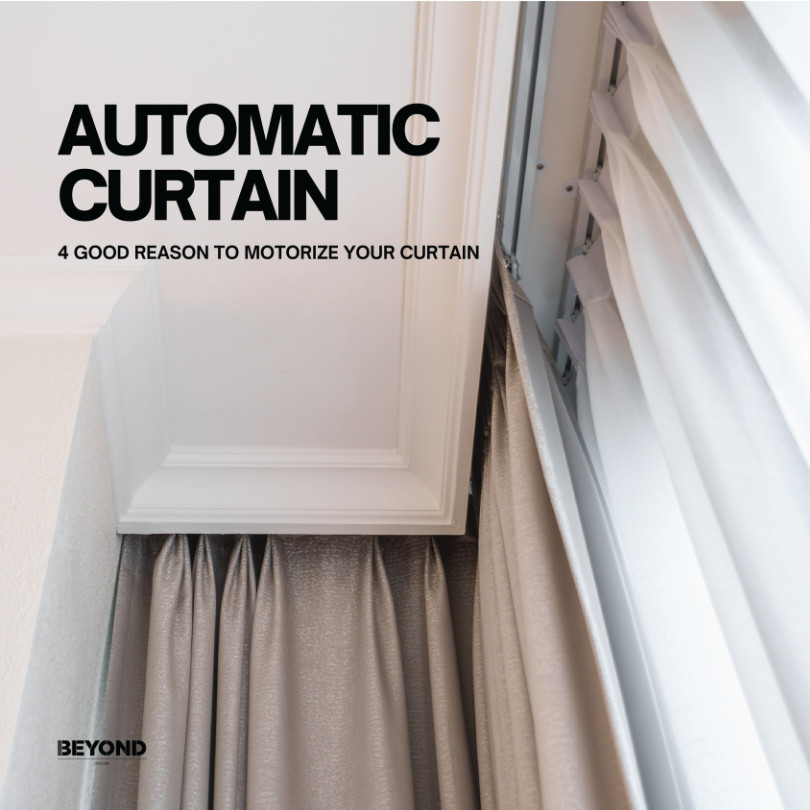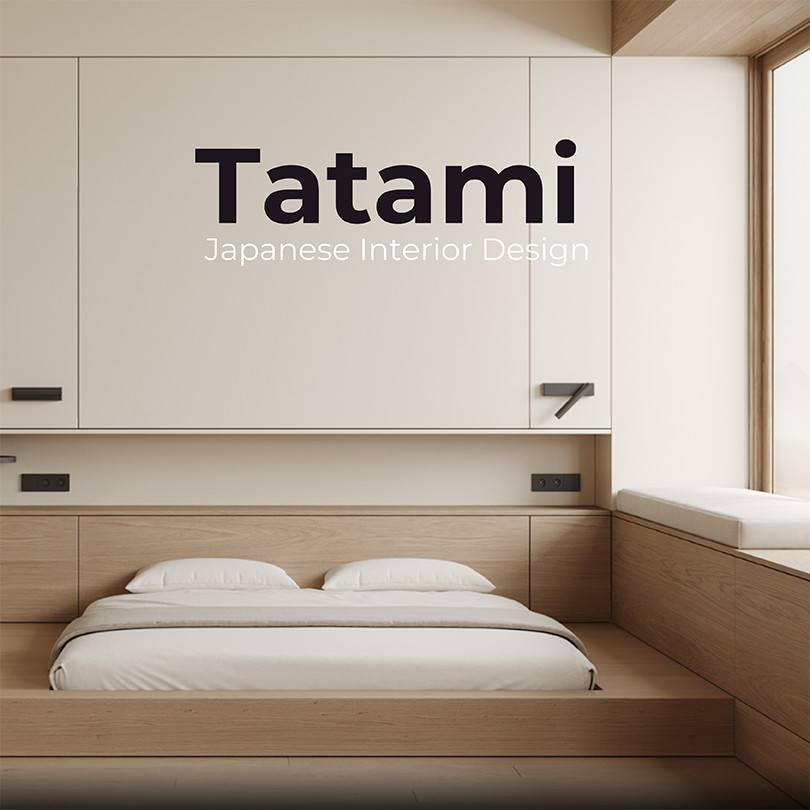
Understanding Mid-Century Modern Style
The Origins of Mid-Century Modern
Mid-century modern style emerged during the 20th century, specifically in the post-World War II period, spanning from the mid-1940s to the late 1960s. This era saw a flourishing real estate market and a growing population in North America.
With the conclusion of World War II, young families were purchasing and furnishing their first homes, resulting in the development of suburban communities. These newly constructed homes embraced innovative architectural and graphic design techniques, reflecting the aspirations of the populace. They sought homes distinct from those built a century earlier, emphasizing more windows, family-friendly spaces, and efficient, functional designs. Concurrent advancements in science and technology introduced novel materials, textures, effects, and shapes into these homes. This collective aesthetic is what we now recognize as mid-century modern, a style that has endured despite periodic predictions of its decline. Its continued appeal likely stems from the nostalgia associated with that era when televisions, microwaves, and Barbie dolls gained prominence. Today, it stands as a living time capsule capturing the simplicity and excitement of bygone decades, offering a unique and enduring alternative to the more abstract forms of modern and contemporary design in the 21st century.
Key Characteristics of Mid-Century Modern
Even if you aren’t well-versed in design terminology, identifying mid-century modern style is relatively straightforward. It boasts distinctiveness and popularity, with features that set it apart from other design styles. The style is readily observable in various public spaces, such as restaurants and hotels, providing ample opportunities for observation and study. While visual exposure to the style, both through images and in-person experiences, is the best way to acquaint yourself with it, familiarizing yourself with key design elements can enhance your appreciation of its subtler nuances.
Understated Elegance: Mid-century modern eschews the overstuffed, cluttered interiors of previous eras in favor of clean lines and minimalistic design.
Organic and Geometric Forms: Houses of this period featured numerous windows, blurring the boundaries between indoors and outdoors, reflected in organic and geometric patterns. Natural materials like wood, metal, and leather were popular, and bold patterns added visual interest to simple, uncluttered rooms.
Emphasis on Functionality: Every room in mid-century modern homes had a purpose, and extraneous elements were eliminated. Multipurpose furniture was highly sought after to optimize space. Furniture pieces were often designed to stack, fold, or nest.
Innovative Use of Materials: The era introduced novel materials like plexiglass and fiberglass into home furnishings. Fiberglass and plywood were molded and shaped to conform to the human body’s contours. Tubular steel and leather strapping were employed to create comfortable cantilevered chairs, while plexiglass was used to craft clear, organic-shaped furniture like coffee tables and floor lamps.
External Influences
Distinguishing between mid-century modern and Scandinavian styles can sometimes be challenging. The overlap between these two design movements is due to their simultaneous growth in the 1950s. American mid-century modern and Scandinavian design mutually influenced each other. While each style has its unique attributes, they also share commonalities, such as warm color palettes, modular lines, and the use of futuristic materials like plastic and steel. Scandinavian design often favors brighter colors and lighting, while American mid-century modern tends to lean toward a darker color palette.
Architectural Impact
Mid-century modern style not only applies to interior decor but also plays a significant role in the history of American architecture. The design of homes during this era featured lower roofs, larger windows, and more open floor plans. This architectural shift both influenced and was influenced by the sleek and practical furniture designs within these homes. Movies and TV shows have played a pivotal role in popularizing mid-century architecture. Iconic examples include the Brady Bunch house, as well as various scenes in films like The Big Lebowski, North by Northwest, and The Graduate, which provide a wealth of visual design inspiration for enthusiasts of mid-century design.
The Influence of Ranch Houses
While it might seem that mid-century modern style and the prevalence of low roofs and open floor plans were inherently linked, the evolution of the style was more nuanced. To trace the roots of mid-century aesthetics, one must look back to the early 1930s when ranch houses proliferated on the West Coast. These ranch-style homes, influenced by Frank Lloyd Wright’s Prairie Style Homes of the early 20th century, were characterized by low roofs and multipurpose, open floor plans. They became popular for their ability to keep interiors cool, a crucial feature for those residing in farms, deserts, and wide open spaces in California. The ranch style eventually paved the way for the mid-century design movement that swept across the nation.
Incorporating Mid-Century Modern into Your Space
If you want to introduce mid-century modern style into your home, it’s advisable not to fully immerse yourself in it all at once. The bold and bright aspects of this style can become overwhelming if overused. Start by slowly building your vision, incorporating iconic mid-century modern elements while maintaining a sense of balance in terms of color, size, and texture. Mid-century modern design leans toward neutral tones more than vibrant ones, making it crucial to achieve a harmonious blend.
Why Mid-Century Modern Endures
Mid-century modern style remains popular today, especially in an era where people often live in small urban condos or apartments. The clean lines, organic shapes, versatile materials, and multifunctional designs of mid-century modern are well-suited to this contemporary lifestyle. The simplicity and well-thought-out designs of mid-century objects have a timeless quality that continues to feel fresh.
The Furniture: While original mid-century modern pieces are valuable, modern manufacturers have adapted these designs to suit contemporary life, making them more affordable. Look for furniture items with geometric, curvilinear lines and multiple functions.
The Colors: Mid-century modern colors were often bold and vibrant, emphasizing specific design elements. While these colors may not be as popular today, you can achieve the look by incorporating a single colorful statement piece amidst a backdrop of more neutral or muted colors.
Key Elements of Mid-Century Modern Decor
Here are some of the key features of mid-century modern decor in various living spaces:
Living Room: Utilize mustard yellow paired with neutral wood tones. Ensure that colors are complementary rather than competing, and focus on details such as tufted backs and sculptural legs.
Dining Room: Emphasize sculptural decor with clean, simple lines that define the space.
Home Bar: Choose furniture with tapered legs for a quintessential mid-century modern look.
Dining Room: Incorporate neutral colors, allowing the natural beauty of wood grain to take center stage.
A Glimpse into the Future
To truly grasp the surge of mid-century modern style in the 1950s and 1960s, one must consider the concurrent global Space Race. The intense rivalry between the Soviet Union and the United States to achieve milestones in space exploration had a profound impact on American culture. The fascination with the future and the associated science and technology seeped into everyday life. Objects, clothing, homes, and even popular TV shows like “The Jetsons” took on a more futuristic and forward-thinking aesthetic.
Rooted in Palm Springs
Located a short drive from the bustling city of Los Angeles, Palm Springs quickly became a favored getaway for Hollywood celebrities during the mid-20th century. As the entertainment industry thrived, the city witnessed the construction of vacation homes for the stars. Palm Springs, once an overlooked desert city, transformed into one of the most luxurious resorts in America. Even today, it retains its “mid-century magic,” with iconic low-roof homes, vibrant orange and brown color palettes, and Warhol-inspired wall art, all reminiscent of the 1950s and 1960s.













